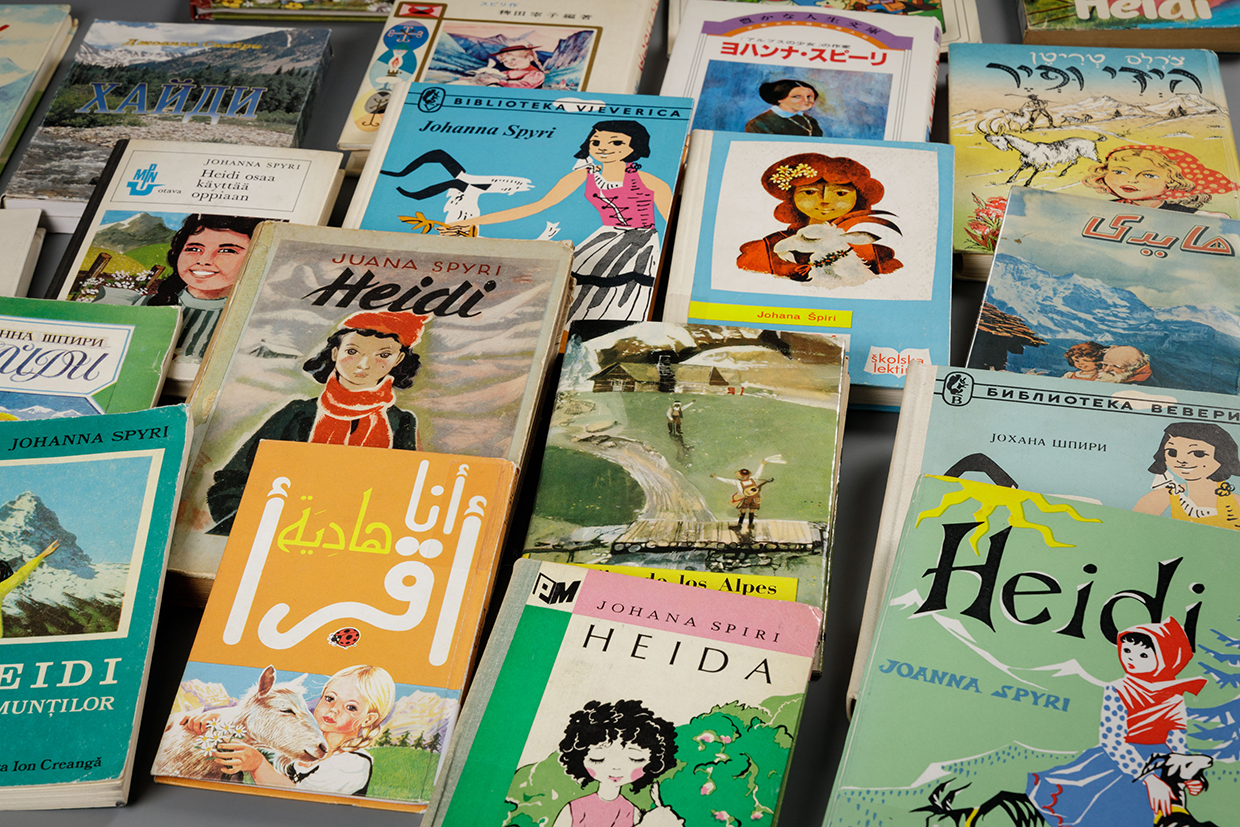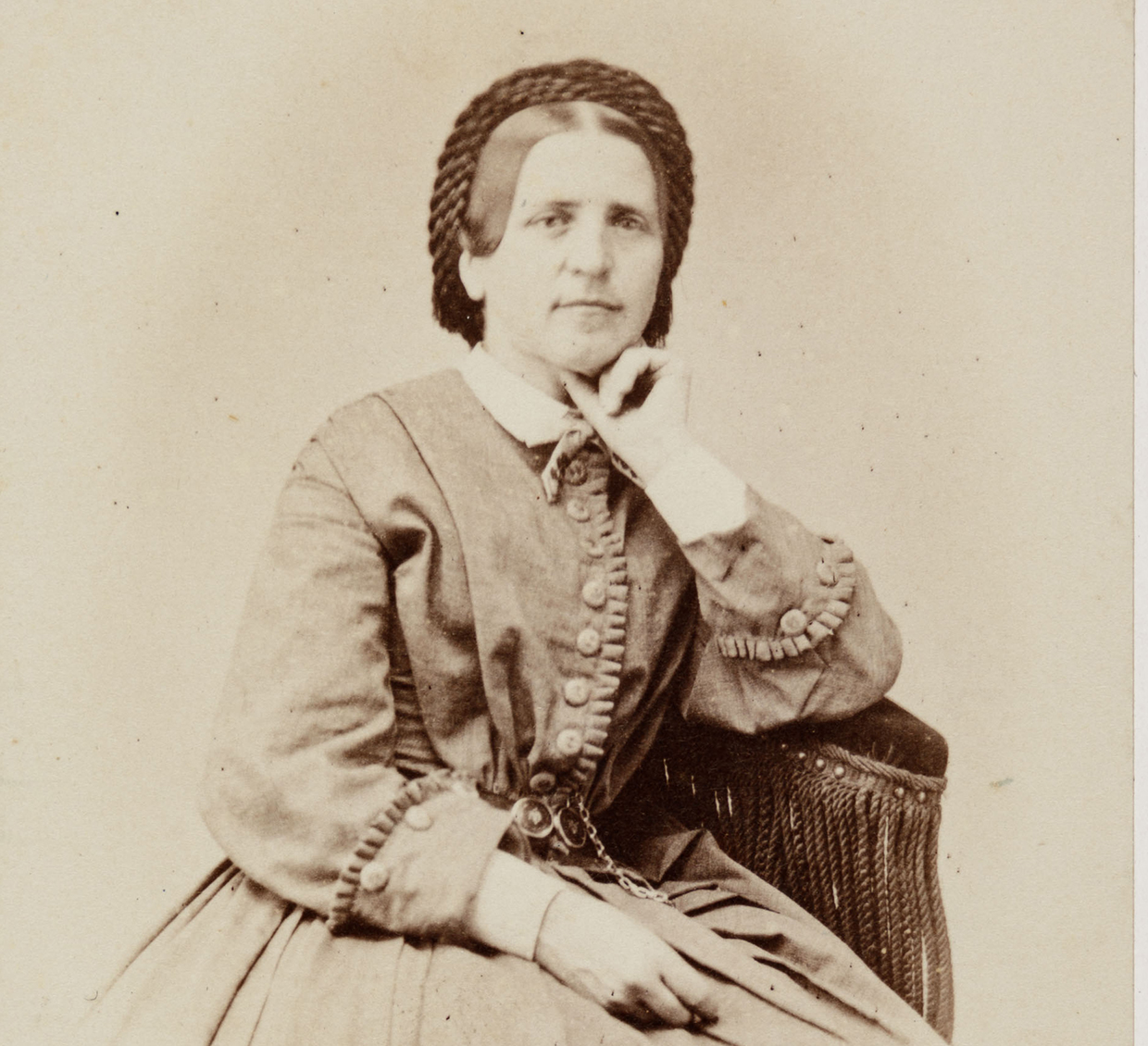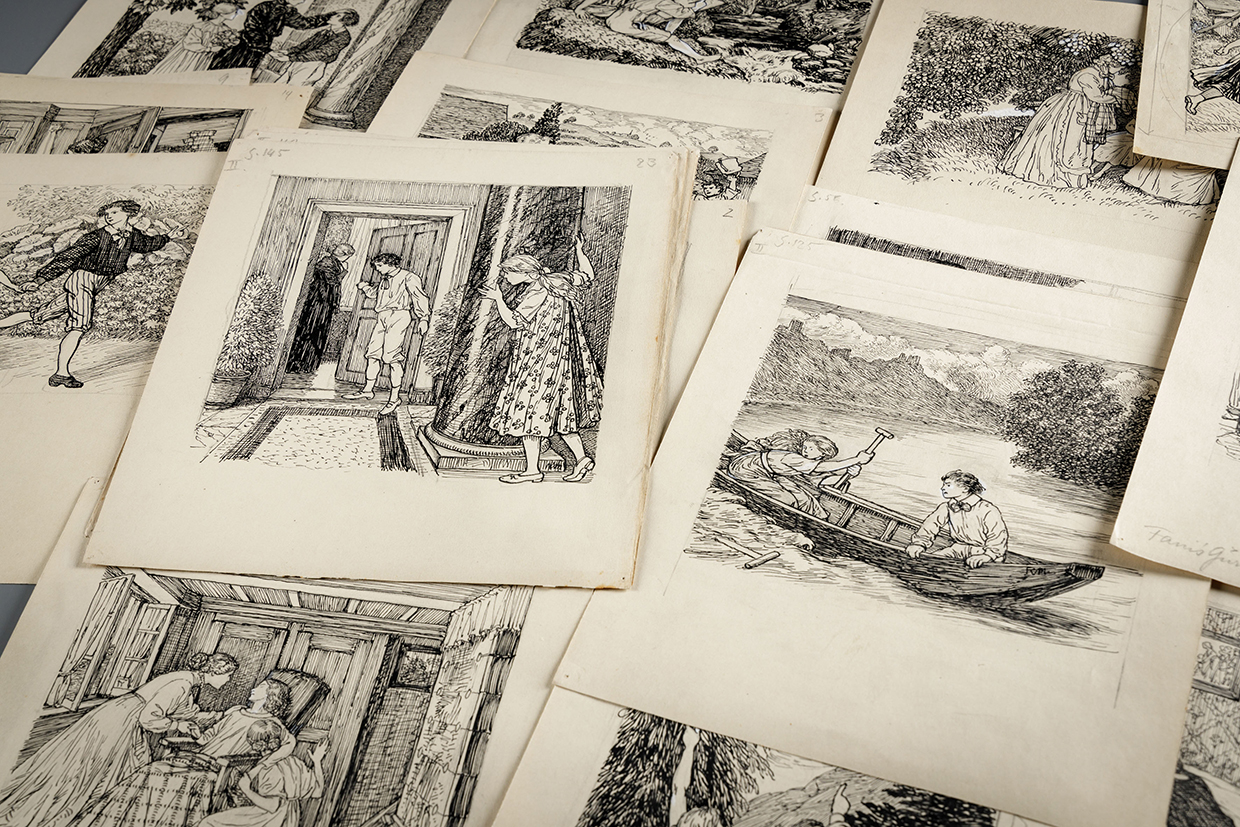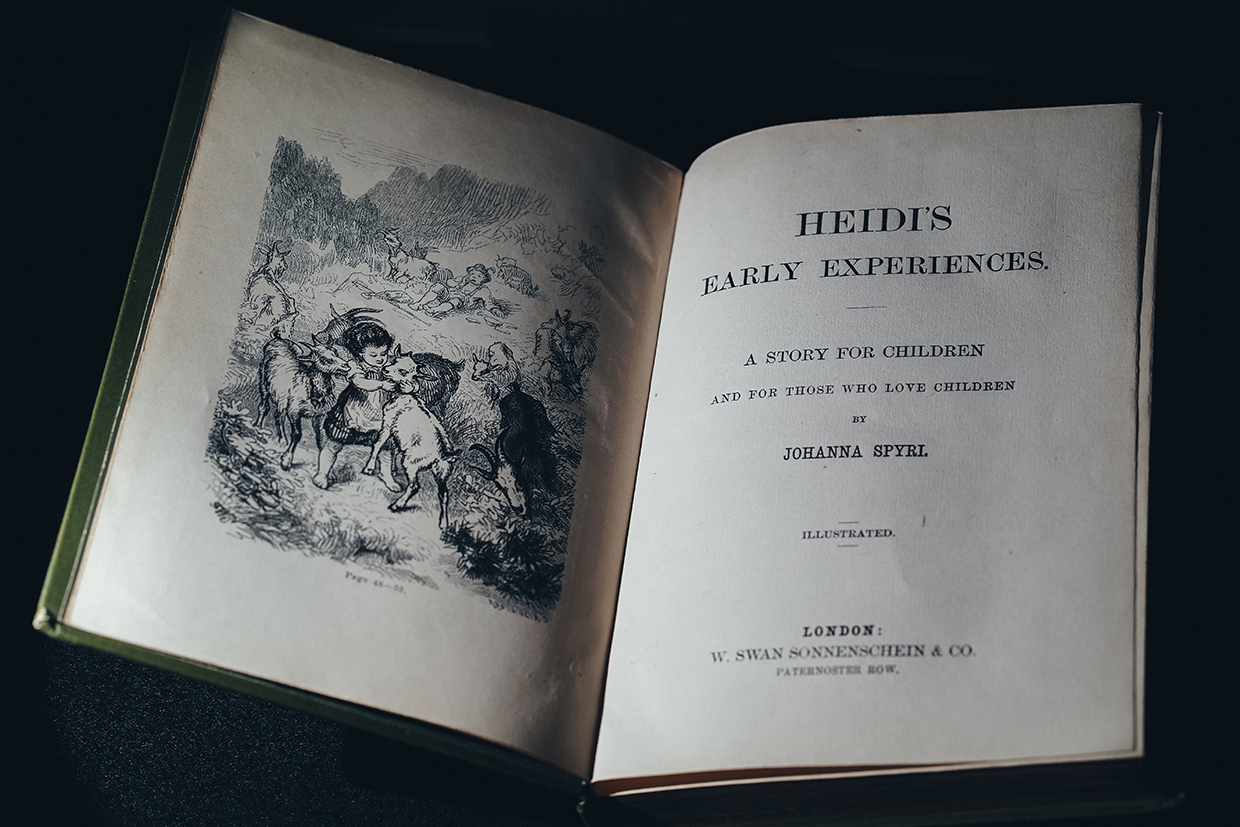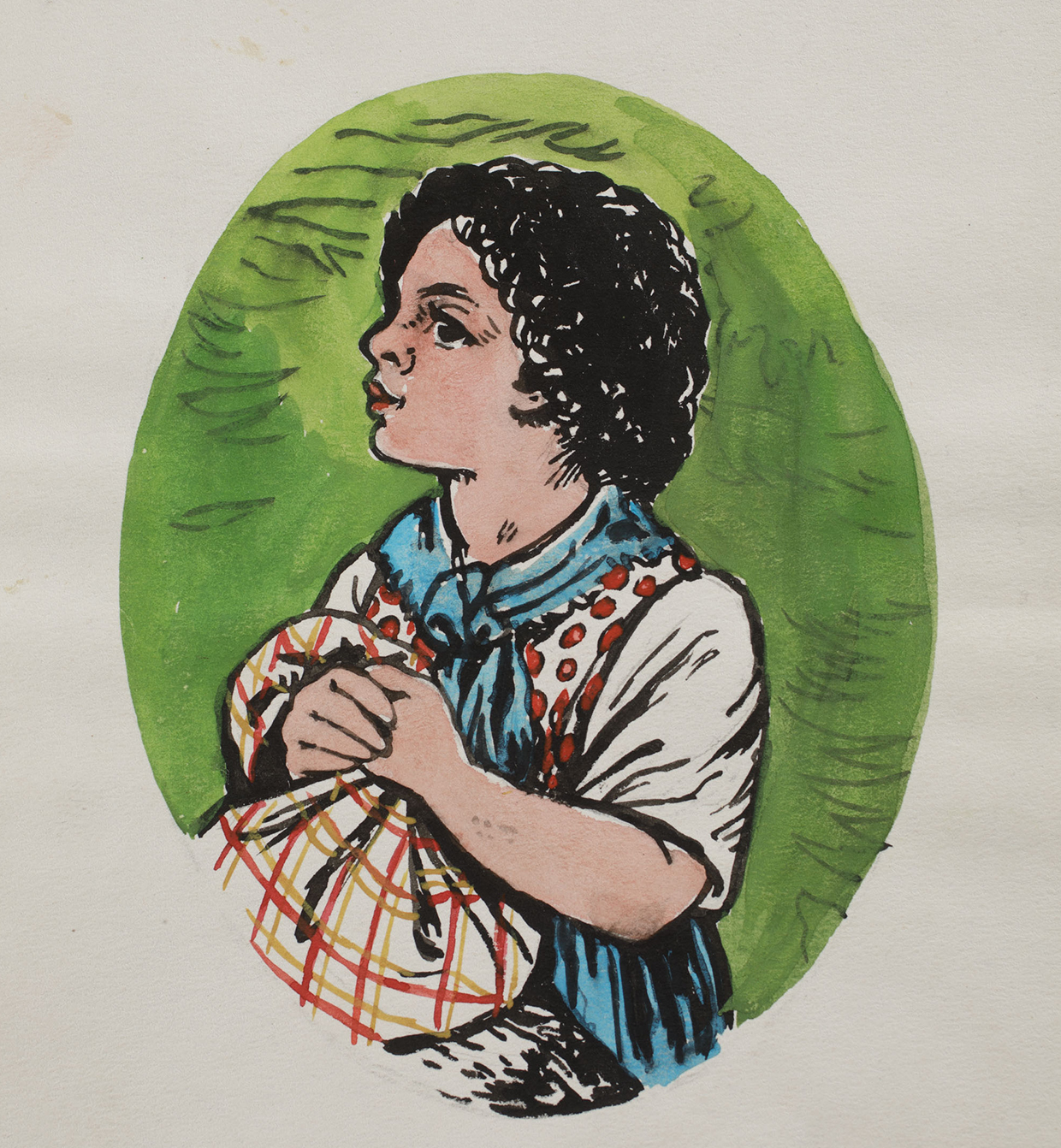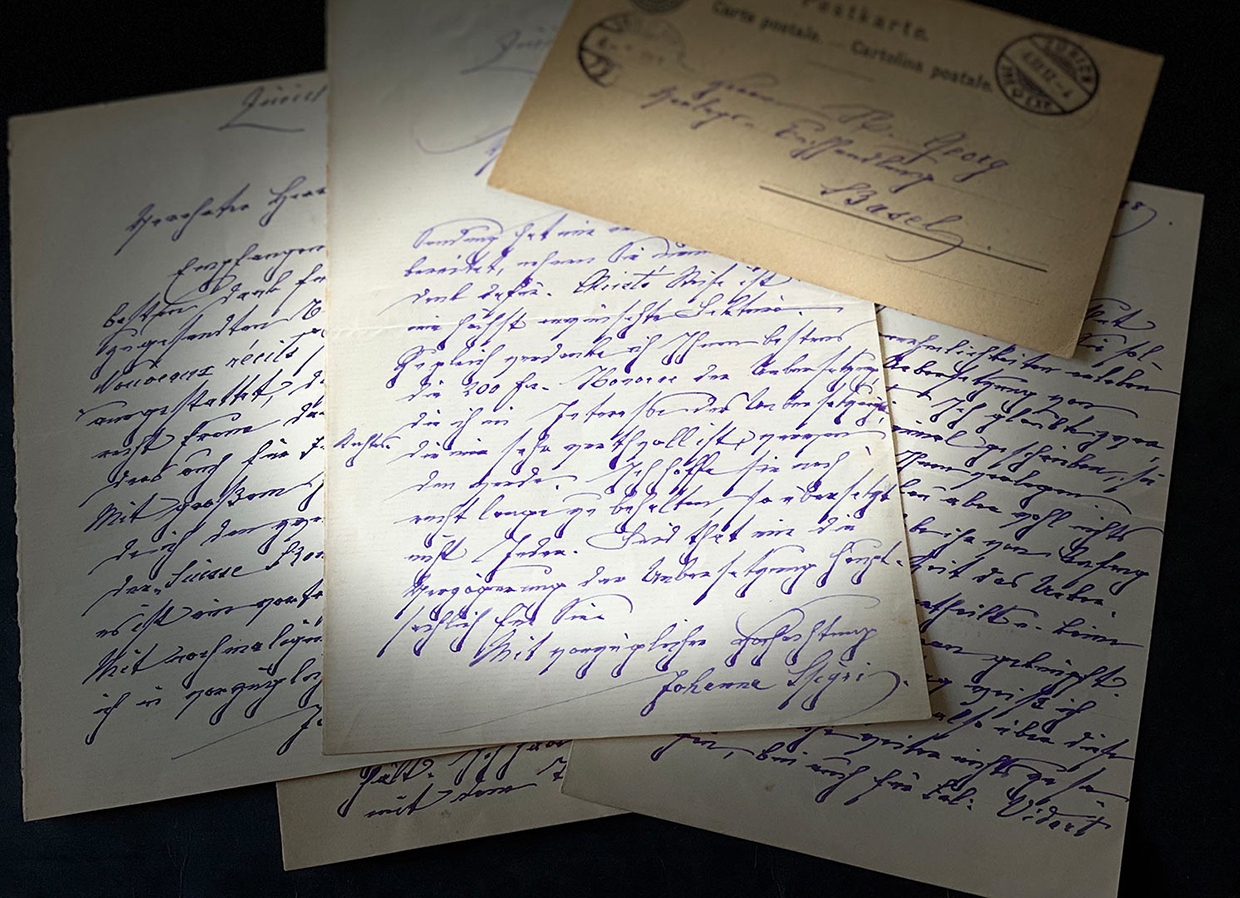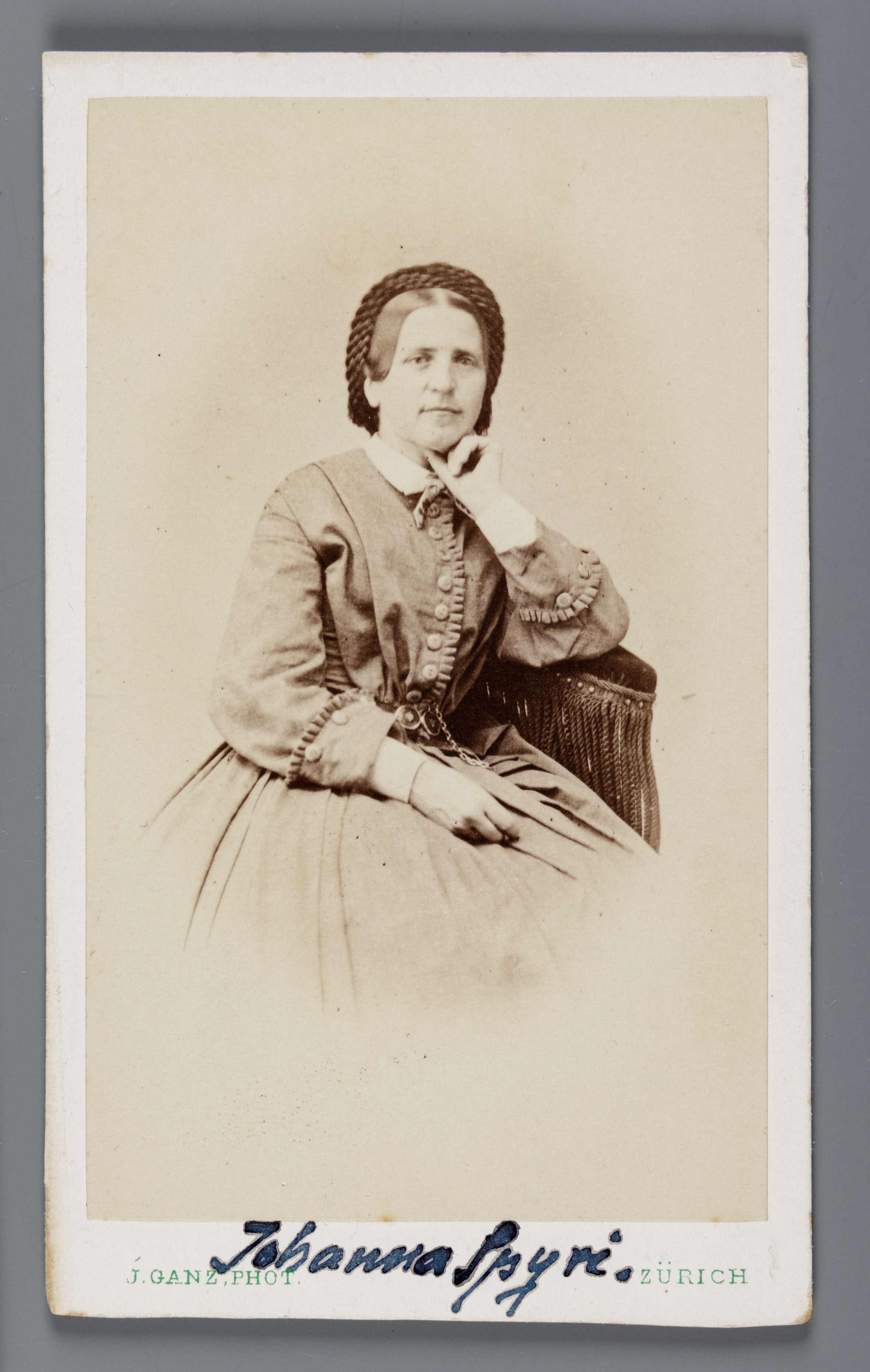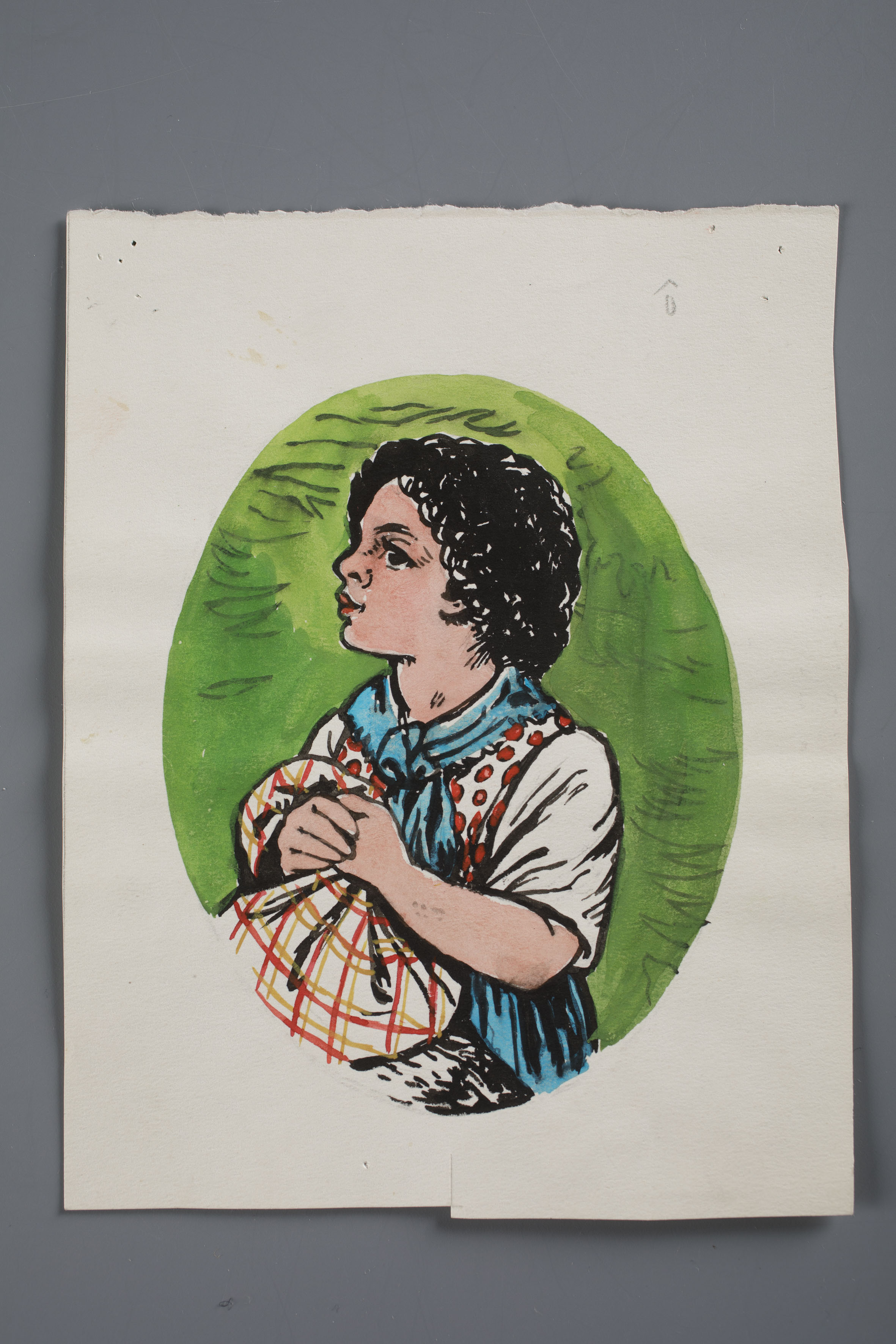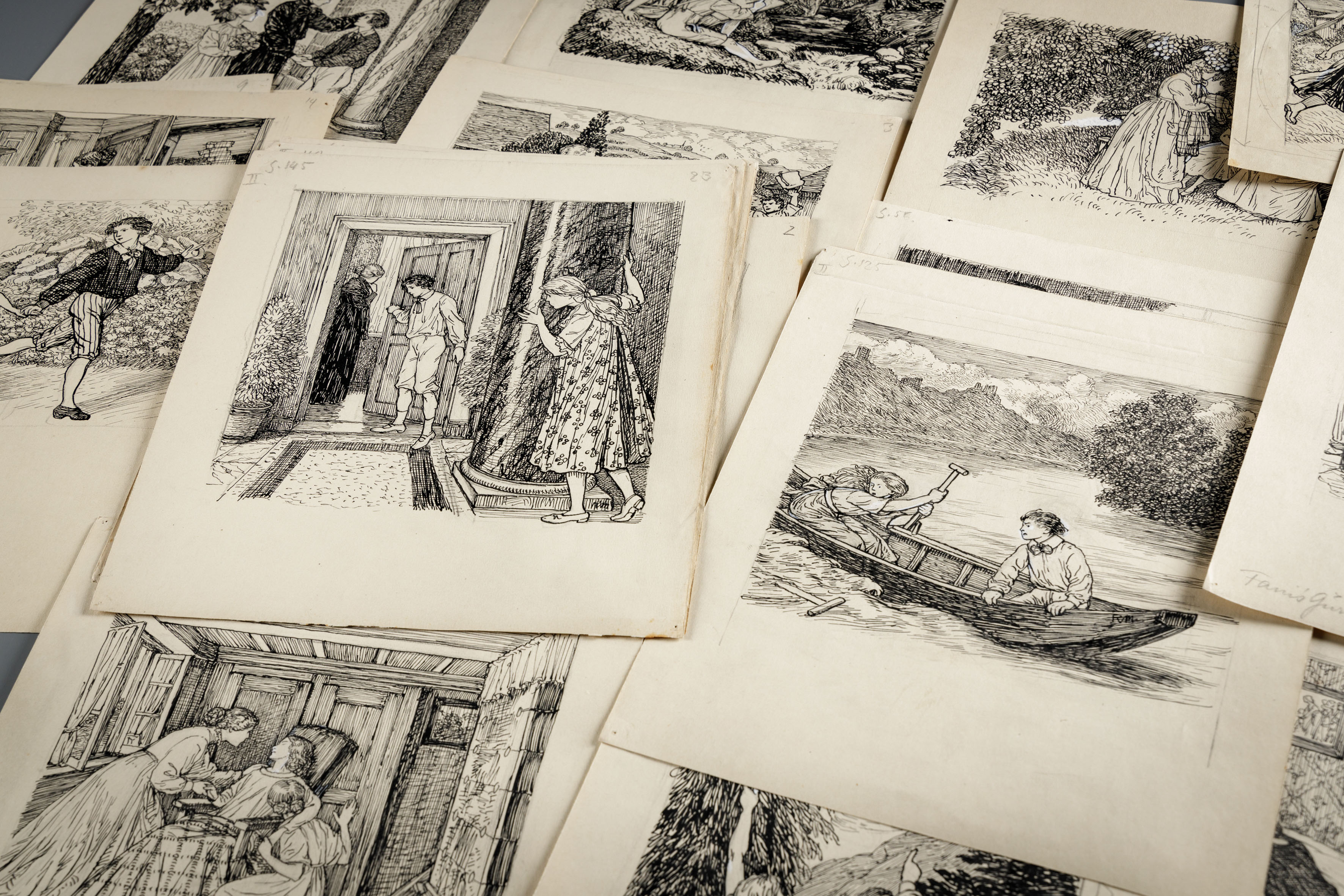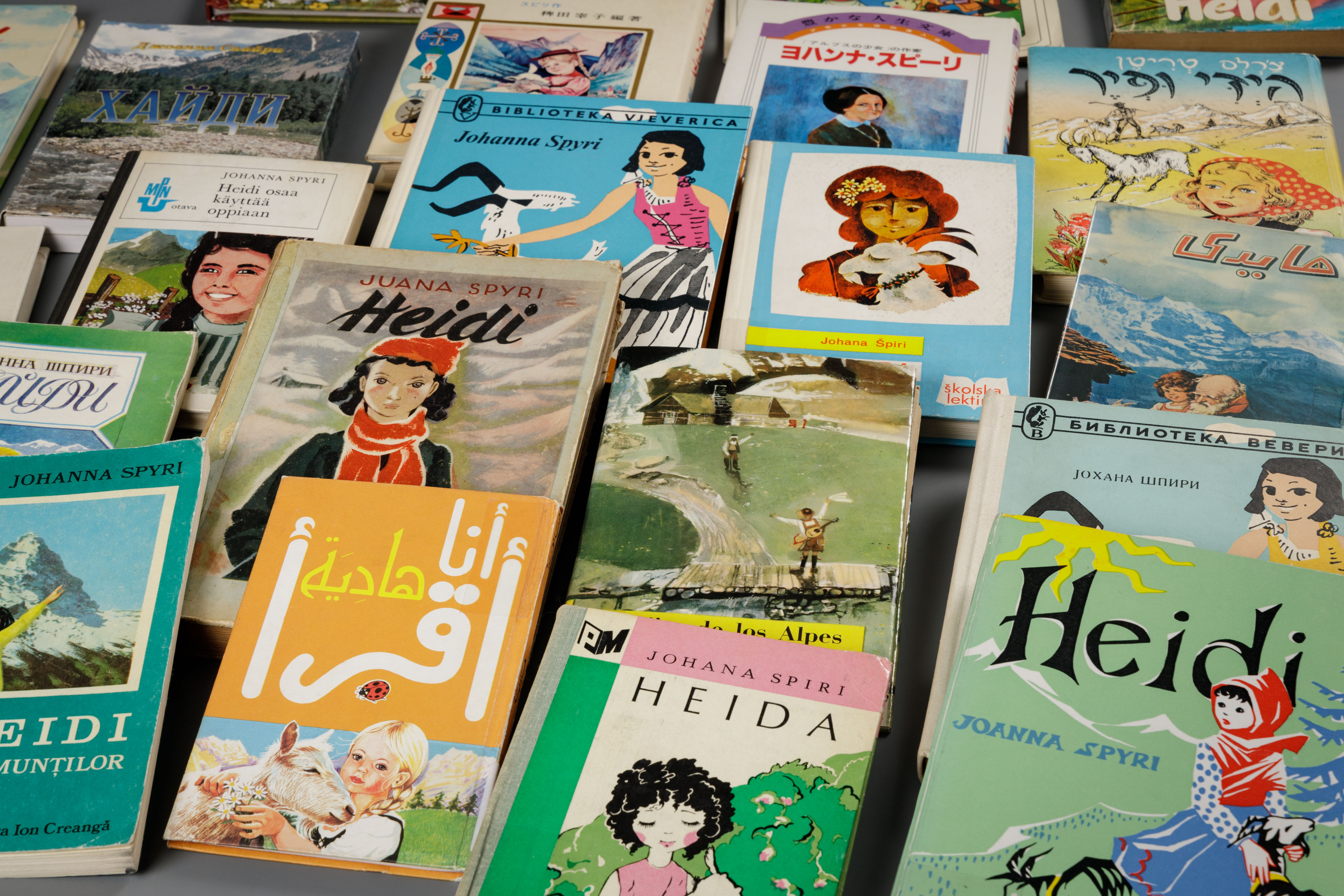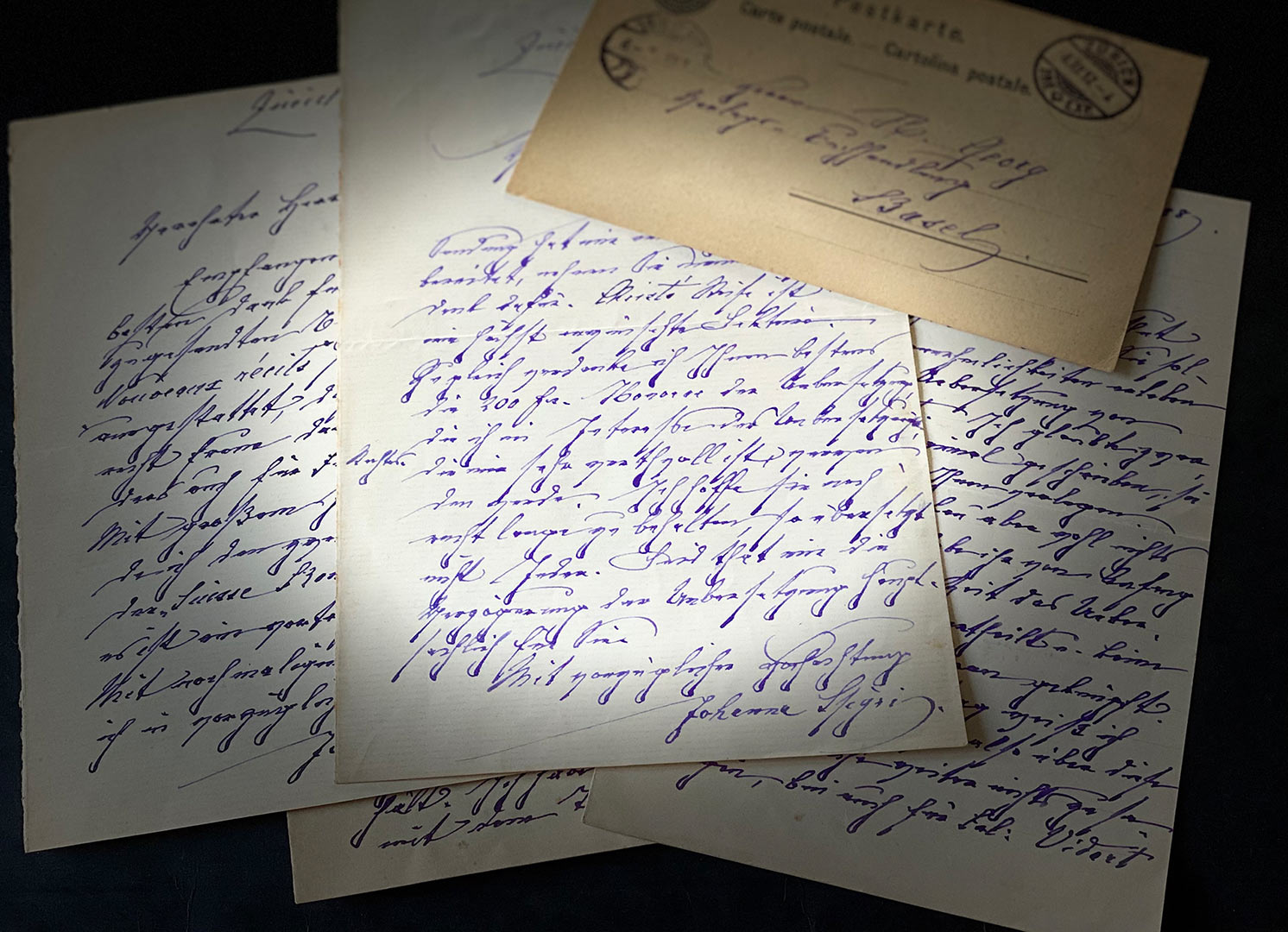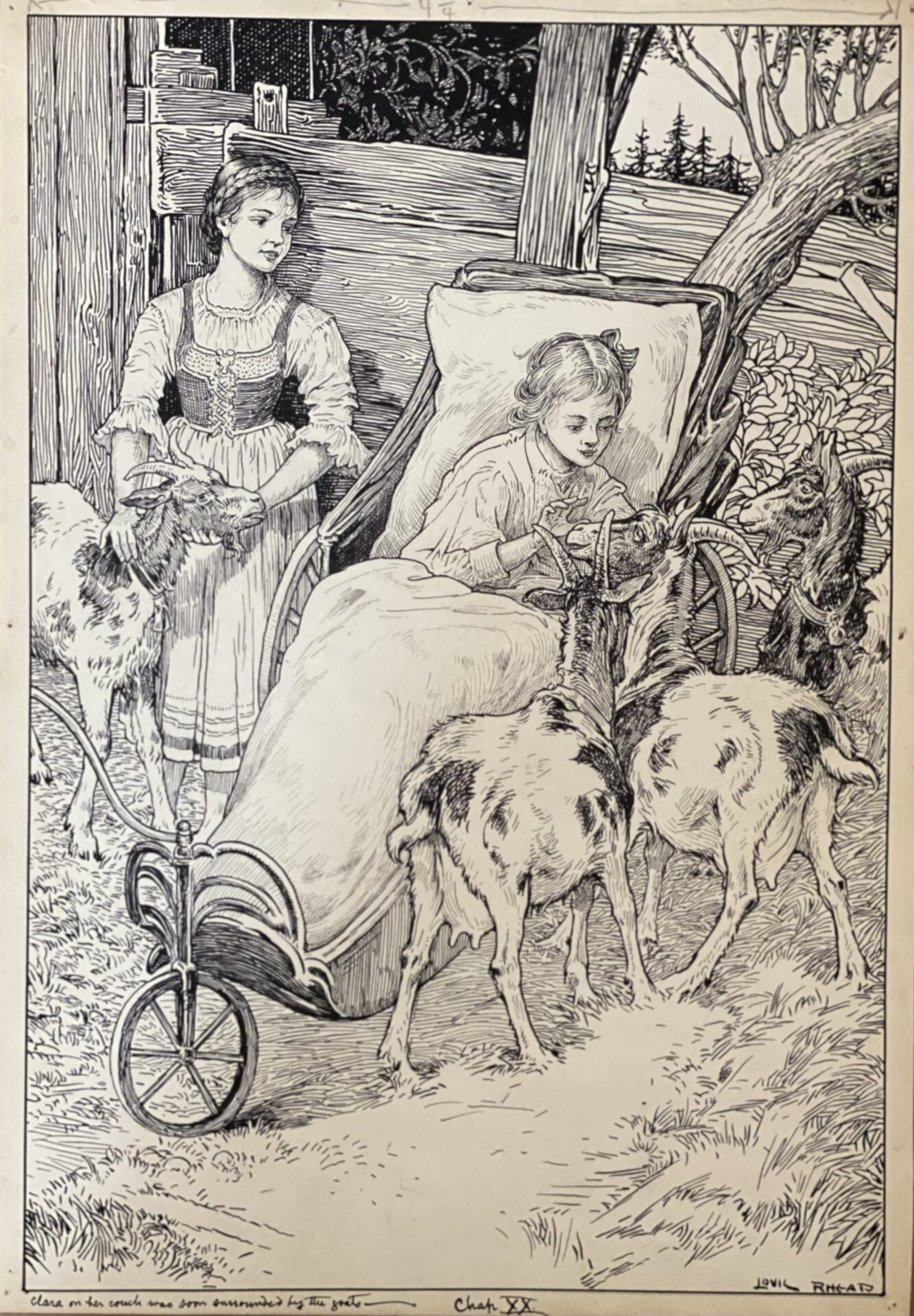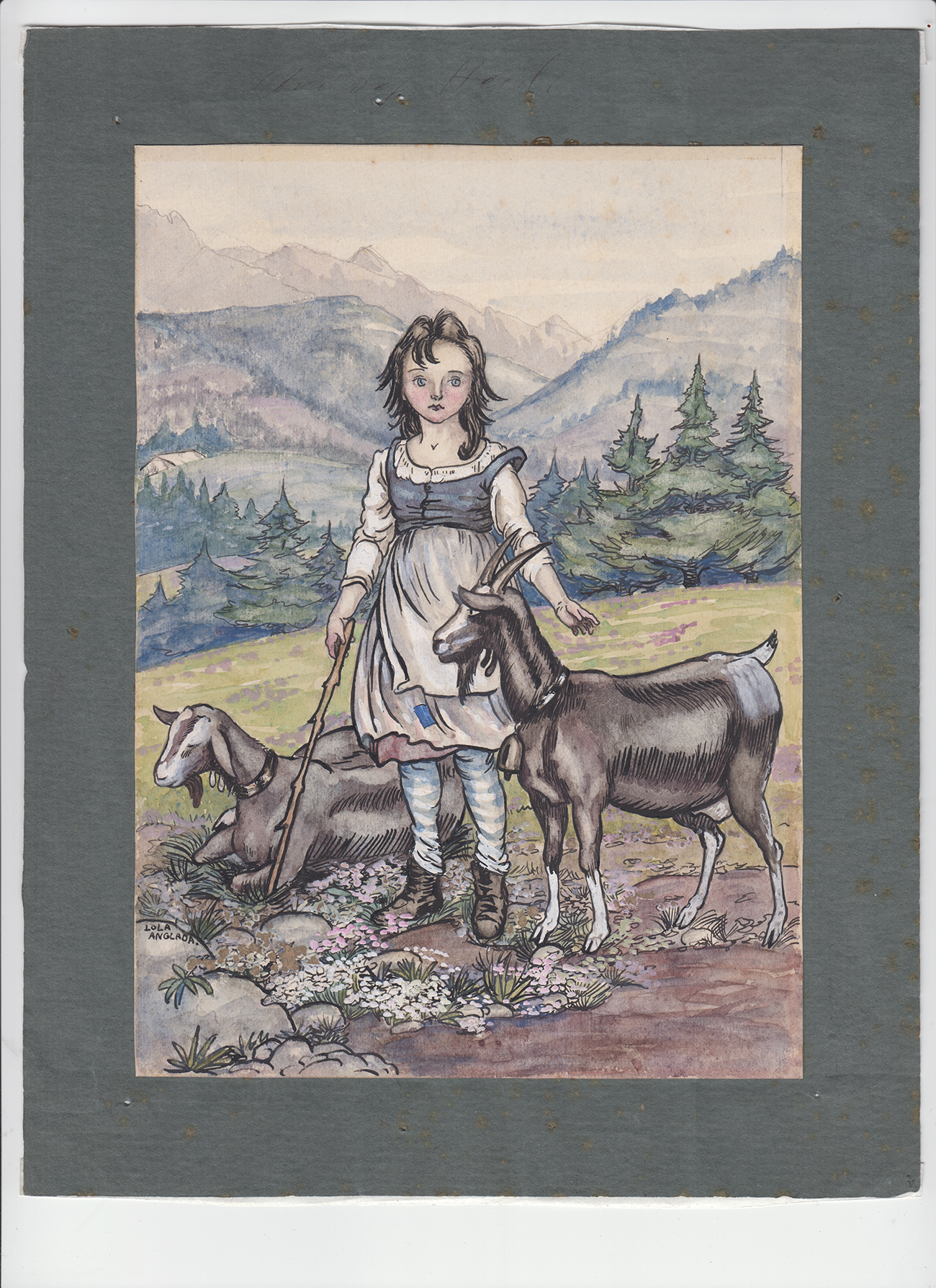Johanna Spyri and Heidi Archives Included in the UNESCO Memory of the World Register
Heidi is important to Switzerland’s cultural heritage and has influenced art and popular culture around the world for more than a century. The documentary heritage surrounding the world-famous children's character includes two valuable collections preserved in Zurich: the Johanna Spyri Archive, managed by the Swiss Institute for Children's and Youth Media, an institute affiliated to the University of Zurich, and the Heidi Archive of the Heidiseum. Academics at the University of Zurich are supporting research in both archives as part of a programme focusing on the author, Johanna Spyri (1827–1901).
The UNESCO Memory of the World Programme was established in 1992 to promote the preservation of documentary heritage. Its mission is to ensure free access to significant documents, to facilitate the preservation of documentary heritage, and to raise public awareness of its importance.
Memory of the World includes the establishment of an International Register listing documentary items of exceptional value. The listed documents are of global importance as they contribute to the preservation of cultural identities, shape collective memory, and serve as a bridge between the past and the present.
Previously unpublished manuscripts and correspondence
The application to the UNESCO Memory of the World Register was led by the University of Zurich and supported by the Swiss Commission for UNESCO. Both archives contain valuable original material from the author, including unpublished manuscripts, correspondence and illustrations for the Heidi novels.
The Johanna Spyri Archives were founded in 1968 by the Johanna Spyri Foundation, to which the SIKJM is attached. They make up the world's most complete archival collection on the Zurich author. In addition to her literary works, the Johanna Spyri Archives contain more than 1,000 handwritten documents, photographs, original illustrations, media, and an extensive collection of foreign language editions of Heidi, as well as scholarly literature on the author. They also include the author's personal memorabilia. The Johanna Spyri Archives are housed in the publicly accessible library of the SIKJM in Zurich. Particularly valuable manuscripts from the archive, including letters from C.F. Meyer to Spyri and other important correspondence, are kept at the Central Library of Zurich.
The Heidiseum's Heidi Archive contains an exceptional collection of historical material on the subject of Heidi. It has first and later editions of early translations in over 20 languages. The Hebraica collection, which includes a first edition containing a dedication by Max Brod, is the world's only complete collection of the Hebrew editions of Heidi from 1946 to present. The archives are an invaluable resource for research into the early history of translation, the reception, and the impact of Heidi around the world until copyright on the novels expired in 1931. Another treasure is a unique collection of original illustrations, publishing records, and correspondence. The collection also features sketches for the first Heidi illustrations dating from 1880. The Heidiseum in Zurich plans to display some of the documents in a permanent public exhibition telling the 140-year story of the novel's success and reception.
Heidi invites various interpretations
The two Heidi novels, Heidi: Her Years of Wandering and Learning and Heidi: How She Used What She Learned, were first published in 1880 and 1881. They have since gone on an incredible journey around the world and have become one of the most widely read, translated and adapted children's classics. They continue to have a huge influence on children's literature, culture and the popular media all over the world. Heidi has become part of popular culture, as can be seen in the countless illustrated new editions, comic books and film adaptations.
"What is fascinating about Heidi's international career is that the character allows for different interpretations depending on the changing cultural, social and, political context," says Christine Lötscher, Professor of Children's and Youth Media at the University of Zurich. Heidi can be read as an idealised depiction of a child or from the perspectives of city vs. rural life and the relationship between humans and nature.
